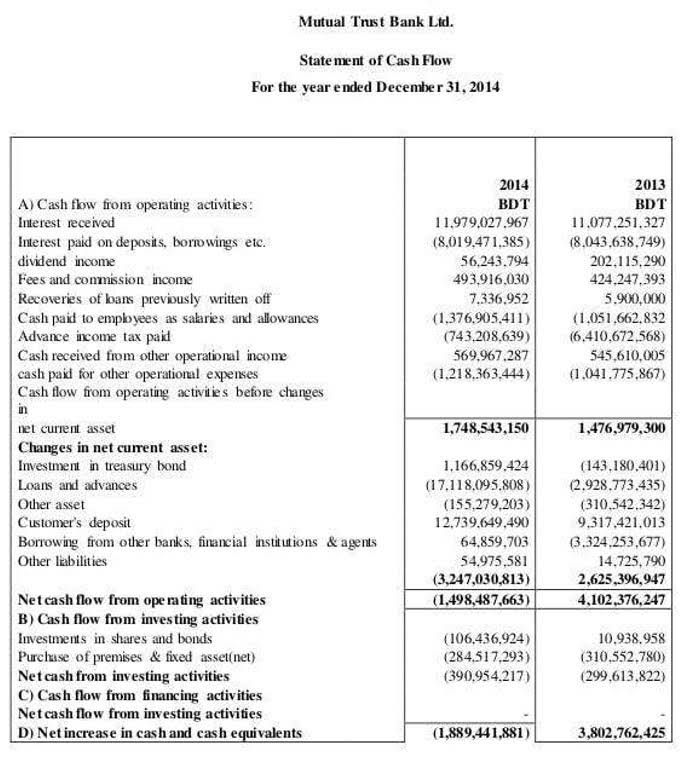Accounting Process and Transaction Analysis SpringerLink

While each of these events could be important to the company and especially to the individual(s) involved – only a involves a change to the amounts reported on the financial statements. Step 1 The business paid $2,300 in exchange for employee services, for the use of the building, and for utilities consumed as part of operating the business. The accounts involved in the transaction are Salaries Expense, Rent Expense, Utilities Expense, and Cash. Step 1 Bold City Consulting received cash from the bank in exchange for a signed note agreeing to pay the cash back in two years. The accounts involved in the transaction are Cash and Notes Payable.

Step 2 of 3
The program was held at a school 100 milesfrom Treehouse headquarters. The two staff members who deliveredthat program rode together to that off-site location in one oftheir personal vehicles. Manynon-profits and government organizations follow the federalgovernment’s guidance and reimburse mileage at a fixed rate of 57.5cents per mile. On the cash basis it will be several weeks beforewe know those expenses had been incurred and that Treehouse hadearned $2,500 in revenue.
Analyze the impact on the accounts
- As you can see, assets total $32,600, while liabilities added to equity also equal $32,600.
- This change to retained earnings is shown on the balancesheet under stockholder’s equity.
- If the organization delivered or received agood, then the transaction likely affects assets, revenues, andexpenses.
- Because both assets and retained earnings go down by the same amount, the accounting equation continues to balance.
- Under the double-entry system of accounting, a transaction essentially involves at least two accounts.
For sales taxes, those transactions are taxable retailsales. There the“transaction” in question is when an employer pays wages to anemployee, and that transaction denotes the earnings on which theincome tax is based. Finally, we must consider what happens ifTreehouse is paid for a service before it delivers that service.This is https://www.bookstime.com/ known as deferred revenue or unearnedrevenue. Deferred revenue is a liability because it representsa future claim on Treehouse resources. By taking payment for aservice not yet delivered, Treehouse is committing future resourcesto deliver that service. Once it delivers that service it incursexpenses and removes that liability.
Accounting Transaction Analysis: Learn The Basics With Examples
In other words, if she sent abill for September on October 1st, payment would be due no laterthan October 31. Even though the districts never paid early, thedid make payments within the 30 day grace period. This was still well below what it would cost the districts toprovide the services themselves, so two districts agreed tocontinue the program. Chang agreed todelay charging the fee until the next school year started inSeptember 2015. For this grant OP must first incur the requisiteexpenditures before it recognizes the grant revenues. We often think of temporarily restricted netassets in terms of restricted donor contributions.
Temporary income statement accounts result in profits or losses in owner’s equity. Remember that the accounting equation must remain balanced, and assets need to equal liabilities plus equity. On the asset side of the equation, we show an increase of $20,000. On the liabilities and equity side of the equation, there is also an increase of $20,000, keeping the equation balanced.
- There are, however a few instances where expensesare not expenditures.
- When the company engages in transaction analysis, it has a greater chance of maintaining a well-balanced accounting portfolio.
- Remember that the accounting equation must remain balanced, andassets need to equal liabilities plus equity.
- Using the rent example, the cash account would be identified as an asset account, and the rent expense account is identified as an expense account.
- Under the straight line method, whenan organization purchases a new capital asset it determines thelength of time it can use that asset to deliver services.
Steps involved in transaction analysis

This is the salvagevalue or residual value or value atwrite-off. If we subtract the salvage value from thehistorical cost, and divide by the useful life, we get the annualdepreciation expense. Payroll is critical transaction analysis in accounting because personnel is thelargest expense for most public organizations. From theorganization’s perspective, payroll is an expense because theorganization is receiving a service from its employees.
- Bothincrease Treehouse’s overall net assets and available liquidresources.
- This format is a standard way to differentiate the accounts that are credited from the accounts that are debited.
- The income statement would see a changeto expenses, changing net income (loss).
- Double Entry Bookkeeping is here to provide you with free online information to help you learn and understand bookkeeping and introductory accounting.
- Looking back, she wished she hadn’t avoided thatfinancial management class in graduate school.

